You are using an out of date browser. It may not display this or other websites correctly.
You should upgrade or use an alternative browser.
You should upgrade or use an alternative browser.
De Monge/Buscaylet Prototypes & Projects
- Thread starter hesham
- Start date
- Joined
- 25 June 2009
- Messages
- 14,726
- Reaction score
- 6,057
BUT... all of this still doesn't explain why this picture clearly depicting the De Monge flying wing has the typical "NR-Payen" mention on the tail... My two cents is that Payen designed that for De Monge, or De Monge for Payen, it must have been a joint work at any rate.

- Joined
- 25 June 2009
- Messages
- 14,726
- Reaction score
- 6,057
lark said:A closer look on both drawing showing some minor changes
in the tailplane look.Two different artists or designs ?
I should think NOT. Take a look at this image: I have superimposed both designs after matching the scales and the orientation. I did NOT resize any elements separately not distort anything. As you can see, the shape and position of every element (wings, engine, cockpit, every rib and panel) is THE SAME (except for the tail fins). To me these are just two stages of the exact same design.
Attachments
- Joined
- 9 October 2009
- Messages
- 21,928
- Reaction score
- 13,541
For those who are interested, a link to the Payen section over in Designation Systems.
- Joined
- 26 May 2006
- Messages
- 34,805
- Reaction score
- 15,693
hesham said:Excellent my dear Tophe,
thank you very very much,and can I ask about two aircraft,
the first 8-1 CN2 and what is that mean,two-seat naval fighter
or not,and the second 9-1,I think it was submitted to 1923 C.1
competition.
Hi,
I check about those projects,the 8-1 was two-seat day and night fighter,and I think
it was submitted to the C.2 1925 competition with De Monge M.101,which
the main tenders were;
ANF.3,ANF.4,Avimeta Av.88,Breguet Br.25,De Monge M.101 & M.8-1,Dewotine D.25,
Hanriot HD.33,Levasseur PL-6,Nieuport NiD-47,Potez-31,Salmson-Bechereau SB-5 &
SB-6,SPAD S.60 & S.70,Villiers V.24 and Wibault Wib.8 & Wib.12.
-Also for the De Monge 9-1,it was submitted to C.1 1926 Jockey Fighter competition,
which the main contenders were;
Amiot-110,Bernard-20,De Monge M.9-1,Dewoitine D.27,Gourdou-Leseurre GL-351,
Morane-Salnier MS.121 & MS.221,Nieuport NiD-48 & NiD-49,SPAD S.91 and Wibault
Wib.13,Wib.15,Wib.160 & Wib.170.
- Joined
- 25 June 2009
- Messages
- 14,726
- Reaction score
- 6,057
hesham said:The De Monge 5/2 was a single seat fighter fitted with a parasol
wing as a monoplane,it was flown first time in 1923.
A photo of the same aircraft:
Attachments
J.J.Horst
ACCESS: Restricted

Almost everything on de Monge can now be found in the book about the Bugatti 100P, which has a complete chapter on all of the de Monge designs!
http://www.bugattipage.com/bugatti-100p-record-plane.htm
- Joined
- 26 May 2006
- Messages
- 34,805
- Reaction score
- 15,693
bigvlada said:Interesting, four propellers, but why? More cargo capacity? Greater stability? It seems that the smaller ones were connected to the main propellers.
My dear Bigvlada,frankly,I don't know why four propellers ?.
Bill Walker
Per Ardua ad Nauseum
The way the props are cross connected would also reduce asymmetric thrust in the event of engine A or B failing.
- Joined
- 26 May 2006
- Messages
- 34,805
- Reaction score
- 15,693
Tophe said:I start from the end of the Trait d'Union collection, to get corrections before mistakes.
#175:
In 1922 Show was presented the Buscaylet-De Monge 5-2 fighter and a drawing of the 3-engined 7-2 (9000kg weight plane for 30 passengers on 1000km distance at speed over 200km/h).
Louis-Pierre de Monge de Franeau was a Belgium citizen, born in 1890 and deceased July 25th 1977 in New York. He built his first airplane in 1911. He worked during WW1 for the Lumière company. After the war, he stayed technical director for Lumière while creating his own design bureau. He designed and built many machines in France. After the failure of them, he went and worked in Belgium for Imperia. In 1937, he has been the designer of the Bugatti racer for the Deutsch de la Meurthe Cup.
My dear Tophe spoke here about Type 1.2,a 30 passenger aircraft Project.
- Joined
- 26 May 2006
- Messages
- 34,805
- Reaction score
- 15,693
Retrofit said:De Monge also designed a twin boom experimental glider which was engaged at the "Sailplane Offical Meeting of Combegrasse", France, in August 1922, piloted by Casale.
It was called DMP-1.
- Joined
- 25 June 2009
- Messages
- 14,726
- Reaction score
- 6,057
hesham said:It was called DMP-1.
Maybe it was... Maybe not. Do you have a link? A scan? Why do you post dozens of assertions like that in every topic, but without ever giving us a photo, an article, a reference? Are we just supposed to take your words for gospel truth, Hasan? I suppose I wouldn't be so demanding if certain forum members made such assertions, but in your case it's the sheer amount of them AND the fact that so many times in the past you misinterpreted documents that drive me to caution when it comes to you, sorry.
- Joined
- 11 March 2006
- Messages
- 8,619
- Reaction score
- 3,764
Google is your friend here, too !
The article mentions the "S.I.A.", which quite probably means the "Société des Ingénieurs de l’Automobile"
(Society of automotive engineers). A bit strange, as this would mean people workings mostly on cars, not
aircraft, but at least with regards to the engines, both means of transportation often share the same interests.
And especially after the war, a much more widespread use of aircraft as means of private (!) transport was expected
by many. And then an online translator can do its task by translating the two sentences at the start:
"considerations of the stuff for private transport" and "The S.I.A. discusses the question: Aircraft or helicopter?"
If really Louis de Monge is meant, I'm not sure, because the first sentence, which certainly caught your eye says
"Sous la présidence de M. de Monge ...", meaning "under the presidency of M. (NOT "L." !) de Monge.
So, the article is about a discussion amongst the French engineers and manufacturers of means of transportation,
which way is better: The fixed-wing aircraft, fast, but needing runways, or the helicopter, slower, but able to take
off from nearly any spot.
That answer isn't complete, but shows, that there's no mention of an unknown helicopter and that the question probably is
wrong in this thread. And finding it took about ten minutes and very nearly no knowledge of the French language, just
typing in a number of letters and I think, that much research is reasonable for everyone here.
The article mentions the "S.I.A.", which quite probably means the "Société des Ingénieurs de l’Automobile"
(Society of automotive engineers). A bit strange, as this would mean people workings mostly on cars, not
aircraft, but at least with regards to the engines, both means of transportation often share the same interests.
And especially after the war, a much more widespread use of aircraft as means of private (!) transport was expected
by many. And then an online translator can do its task by translating the two sentences at the start:
"considerations of the stuff for private transport" and "The S.I.A. discusses the question: Aircraft or helicopter?"
If really Louis de Monge is meant, I'm not sure, because the first sentence, which certainly caught your eye says
"Sous la présidence de M. de Monge ...", meaning "under the presidency of M. (NOT "L." !) de Monge.
So, the article is about a discussion amongst the French engineers and manufacturers of means of transportation,
which way is better: The fixed-wing aircraft, fast, but needing runways, or the helicopter, slower, but able to take
off from nearly any spot.
That answer isn't complete, but shows, that there's no mention of an unknown helicopter and that the question probably is
wrong in this thread. And finding it took about ten minutes and very nearly no knowledge of the French language, just
typing in a number of letters and I think, that much research is reasonable for everyone here.
patvig
ACCESS: Confidential
M is probably for 'Monsieur' (Mister), as 'Mr de Monge' in English, and not related with the firstname.Jemiba said:..."Sous la présidence de M. de Monge ...", meaning "under the presidency of M. (NOT "L." !) de Monge....
- Joined
- 26 May 2006
- Messages
- 34,805
- Reaction score
- 15,693
patvig said:M is probably for 'Monsieur' (Mister), as 'Mr de Monge' in English, and not related with the firstname.Jemiba said:..."Sous la présidence de M. de Monge ...", meaning "under the presidency of M. (NOT "L." !) de Monge....
Maybe that's right ?.
- Joined
- 11 March 2006
- Messages
- 8,619
- Reaction score
- 3,764
Yes, maybe that's right, it may well be, that Monsieur (thanks for the clue, Patvig) Louis de Monge was president of the S.I.A. then. I haven't found a forename during my quick search.
But what be the difference in this case ?
But what be the difference in this case ?
- Joined
- 26 May 2006
- Messages
- 34,805
- Reaction score
- 15,693
- Joined
- 11 March 2012
- Messages
- 3,244
- Reaction score
- 3,170
Jemiba said:Google is your friend here, too !
The article mentions the "S.I.A.", which quite probably means the "Société des Ingénieurs de l’Automobile"
(Society of automotive engineers). A bit strange, as this would mean people workings mostly on cars, not
aircraft, but at least with regards to the engines, both means of transportation often share the same interest.
———————————————————-
Yes Hesham,
Since most of the work of aeronautical engineers overlaps the work of automotive engineers, AE is often referred to as a sub-set of automotive engineering.
The Society of Automotive Engineers has a sub-organization of aeronautical engineers. The American Institute of Aviation and Aerspace Engineering is the academic side.
Even more narrowly defined is the Parachute Industry Association which includes manufacturers and PIA’s Sepifications Commitee maintains SAE specifications for parachute fabric, lines, hardware, etc. The Federal Aviation Adminstration and US military recognize PIA specifications as the successors to old Military Specifications. PIA specs are respected the same as SAE specs.
If you ask SAE about parachute specs, they will refer you to PIA.
- Joined
- 26 May 2006
- Messages
- 34,805
- Reaction score
- 15,693
riggerrob said:Yes Hesham,
Since most of the work of aeronautical engineers overlaps the work of automotive engineers, AE is often referred to as a sub-set of automotive engineering.
The Society of Automotive Engineers has a sub-organization of aeronautical engineers. The American Institute of Aviation and Aerspace Engineering is the academic side.
Even more narrowly defined is the Parachute Industry Association which includes manufacturers and PIA’s Sepifications Commitee maintains SAE specifications for parachute fabric, lines, hardware, etc. The Federal Aviation Adminstration and US military recognize PIA specifications as the successors to old Military Specifications. PIA specs are respected the same as SAE specs.
If you ask SAE about parachute specs, they will refer you to PIA.
Thank you Riggerrob.
- Joined
- 26 May 2006
- Messages
- 34,805
- Reaction score
- 15,693
My dear Tophe spoke here about Type 1.2,a 30 passenger aircraft Project.
Sorry for this mistake,
the 1.1 was a glider of 1907 and the 1.2 was a glider of 1911.
avion ancien
The accidental peasant!
- Joined
- 6 March 2013
- Messages
- 371
- Reaction score
- 251
If one accepts that which Buscaylet & Cie. is reported to have said, it was more than 'a project'. It suggests that even if construction was not completed, work on two examples of the aeroplane had been commenced.
- Joined
- 26 May 2006
- Messages
- 34,805
- Reaction score
- 15,693
Similar threads
-
-
Prototypical French Airliner Designs........
- Started by Caravellarella
- Replies: 14
-
Praga E-52 Twin Boom Single Seat Fighter Project
- Started by hesham
- Replies: 4
-
Hawker Tornado Prototypes & Projects
- Started by Justo Miranda
- Replies: 28
-

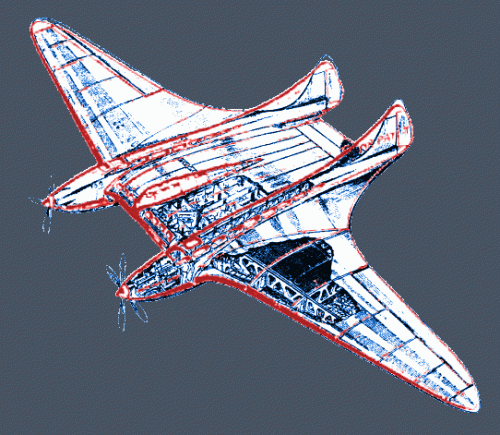
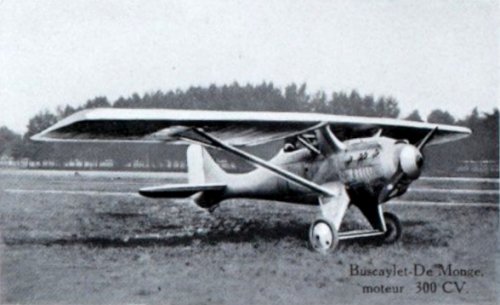
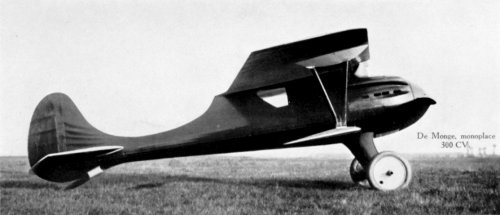

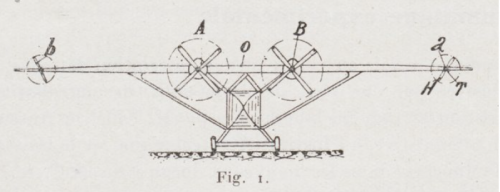
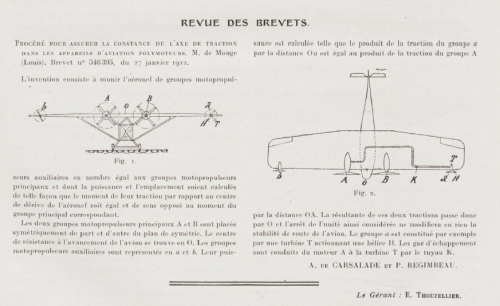
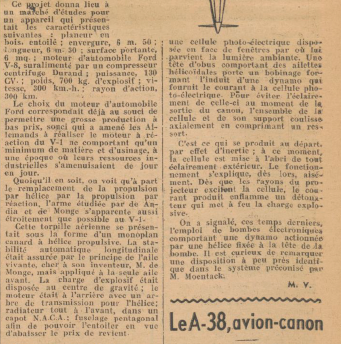

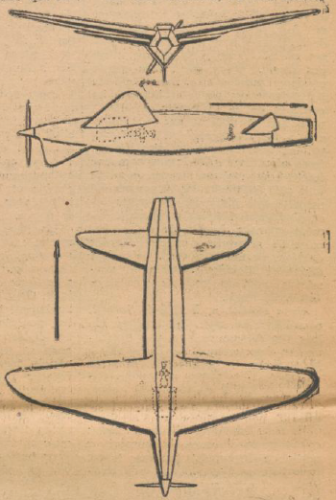



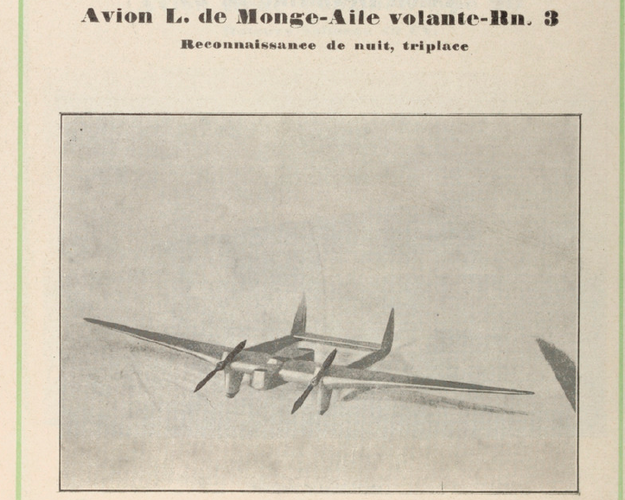
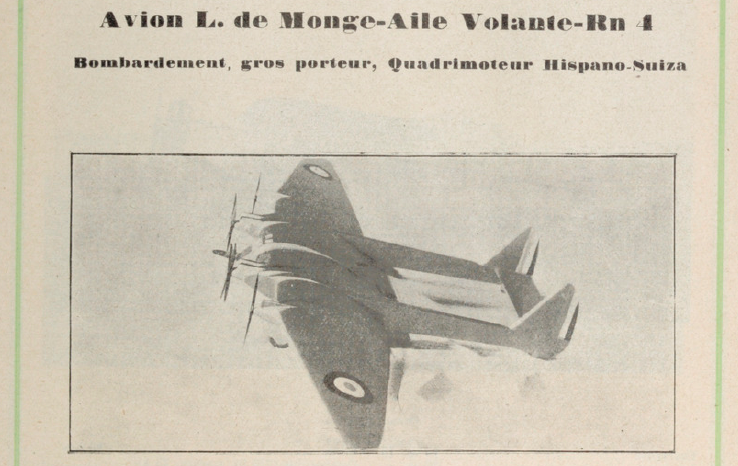

![Les_Ailes___journal_hebdomadaire_[...]_bpt6k6553765g_3.jpeg](/data/attachments/184/184695-a9181646b40f091f85239dd53a76de06.jpg)